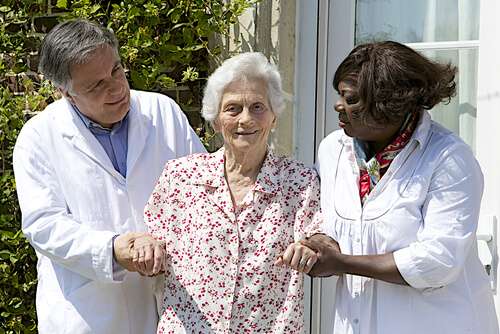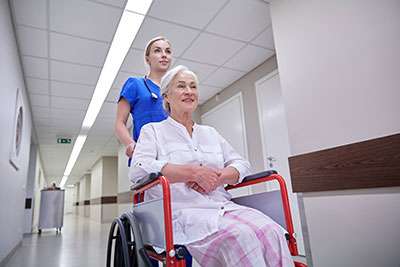This intensive course is designed to provide trainees with the skills, knowledge and attitude to carry out basic Patient moving and handling techniques for a range of scenarios commonly found in caring environments.
SAFTEY TRAINING
Course overview:
This intensive course is designed to provide trainees with the skills, knowledge and attitude to carry out basic Patient moving and handling techniques for a range of scenarios commonly found in caring environments.
Target Audience:
The course is targeted at those required to carry out patient moving and handling techniques as part of a caring role.
Entry requirements:
This course is presented in English combined with the use of some visual aids and training props to clarify areas being discussed. As such a reasonable standard of oral and written English comprehension is required. (Reasonable accommodation may be afforded to those whose first language is not English in the form of extra time to complete tests and additional explanation of physical skills where required)

PATIENT MOVING & HANDLING TRAINING
Patient Moving & Handling Course Duration: 1 day (8 hours incl lunch) 9.00 am to 5.00 pm
Maximum number of candidates for the Patient Moving & Handling course: 8
Clothing:
Trainees are advised to dress in clothing that is suited to the physical nature of the activities being carried out. (eg: flat enclosed shoes, trousers, loose-fitting clothing that allows freedom of movement)
Venue Requirements: A room of suitable size to accommodate the group being trained to allow freedom of movement during theory and execution of moves during practical sessions. (Complete with tables and chairs)
Trainees are required to carry out manual handling and patient moving and handling techniques as part of the course and final assessments. As such a reasonable standard of fitness / flexibility is required. Candidates are asked to declare themselves to be physically fit to participate prior to undergoing assessment.
Specific information regarding previous injuries or conditions is not required, however, should a trainee highlight the presence of any condition / injury that could impair their ability to participate then they may be requested to provide a certificate from a qualified medical practitioner simply stating that they are fit to participate.
PATIENT MOVING & HANDLING TRAINING
Patient Moving & Handling Course Outline;
The above will be followed by a brief overview and discussion of the importance of promoting client independence and effective communication between patient moving handlers and clients in people handling.
Practical Skills Covered;
Other specific skills may be covered, but such requests may have an effect on overall patient moving and handling course duration. (eg use of a banana board and other such equipment)

PATIENT MOVING & HANDLING TRAINING
Trainees are required to complete a written examination relating to the theory covered and must successfully carry out a selection of skills outlined above.
N.B.
Due to the variety of methods that are deemed to be acceptable practice when carrying out a client move, trainers may require clarification from a senior member of staff regarding workplace practice prior to commencing a patient moving and handling course. It is therefore advisable to include contact details for such a contact on course confirmation being submitted.
Have a chat with one of our Health and Safety Experts in relation to Consultancy, Training or ISO Standards. Our Health and Safety Courses cover all aspects of health and safety for the Irish workplace
| Cookie | Duration | Description |
|---|---|---|
| cookielawinfo-checkbox-analytics | 11 months | This cookie is set by GDPR Cookie Consent plugin. The cookie is used to store the user consent for the cookies in the category "Analytics". |
| cookielawinfo-checkbox-functional | 11 months | The cookie is set by GDPR cookie consent to record the user consent for the cookies in the category "Functional". |
| cookielawinfo-checkbox-necessary | 11 months | This cookie is set by GDPR Cookie Consent plugin. The cookies is used to store the user consent for the cookies in the category "Necessary". |
| cookielawinfo-checkbox-others | 11 months | This cookie is set by GDPR Cookie Consent plugin. The cookie is used to store the user consent for the cookies in the category "Other. |
| cookielawinfo-checkbox-performance | 11 months | This cookie is set by GDPR Cookie Consent plugin. The cookie is used to store the user consent for the cookies in the category "Performance". |
| viewed_cookie_policy | 11 months | The cookie is set by the GDPR Cookie Consent plugin and is used to store whether or not user has consented to the use of cookies. It does not store any personal data. |